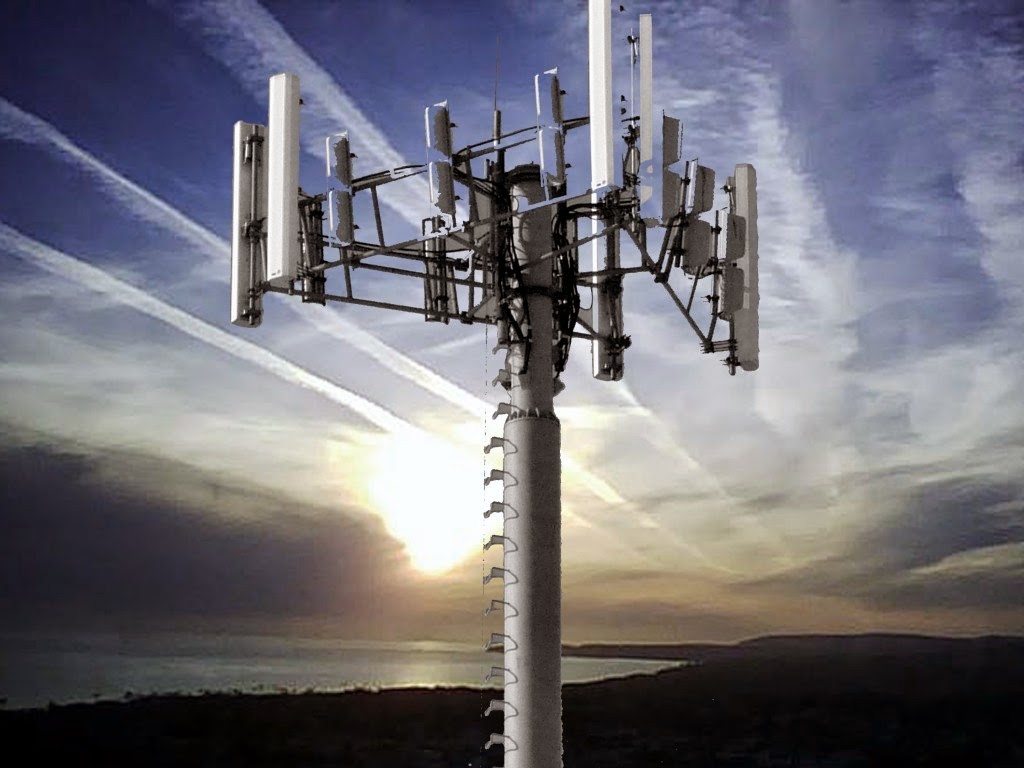If you've ever been through a town you might have noticed tiny cell towers for 5G on street light poles. They look like small boxes however they're actually sending wireless signals from cellular providers to your phone.
They are replacing the larger, purpose-built cell towers. While they're less noticeable but they can still cause problems for people.
A Federal Communications Commission's Radiation Exposure Thresholds
The FCC's Radiation Exposure Thresholds determine the safe distance that an individual can be exposed to electromagnetic radiation from wireless devices. The limits for exposure are based on research which show that the energy of RF could cause harm to health.
The absorption rate specific (SAR) is an indication of the amount of radiofrequency energy that is absorbed by tissue. It's typically 1.6 Watts per kilogram spread over a kilogram of tissue.
But, since 5g operates at higher frequencies and has the potential to create more energy on the skin and other exposed body parts. This can lead to a wide range of potential harms, including exacerbated development of skin diseases such as dermatitis, skin cancer and cataracts.
Due to the possible negative effects of 5G radiation, PSU has chosen to establish a general, localized maximum power density of four mW/cm2 based on the average on 1cm2, but not exceeding 30 minutes for the entire 5G spectrum at 3000 GHz. This localized limit is in accordance with the peak SAR that is spatially averaged at 1.6 W/kg averaged over 1 grams of tissues at six GHz.
The FCC's Maximum Exposure Thresholds for Maximum Exposure
If you've ever used a cell phone, you're probably aware that a safe location from the tower is at least 400 meters away. This is due to the transmitting power of the cell tower is significantly increased the further away your location from the tower.
While this sounds like something that's good however, people living in close proximity to towers could be more prone to health problems. For instance, a study conducted in 2014 in India found that residents living within 50 meters from cell towers suffered significantly more health complaints than those who were away from the antennas.
However, this study also revealed that those who relocated to areas further away from cell towers noticed their symptoms return to normal within a few days. Other studies have shown that exposure to high frequencies of radiofrequency electromagnetic fields (EMFs) can lead to brain tumors, cancer and other health issues.

This is because RF radiation, which is utilized for wireless communication, has the ability to penetrate the body's outer layer, the skin. It is crucial to know since the skin serves as a barrier to protect against mechanical injury, infection from pathogenic microorganisms, as well as infiltration of toxic substances. Article source is the biggest organ in the human body. It is accountable for maintaining the integrity of other organs.
The FCC's Minimum Exposure Thresholds
The FCC's Minimum Exposure Thresholds are based on several assumptions that aren't supported by scientific evidence. This includes the false assumption that exposures to RF radiation are safe due to minimal radiation penetration in the human body (i.e. the heating of tissues).
The assumption is also ignoring the more extensive penetration of ELF components of modulated RF signals and the consequences of brief bursts of heat from pulsed RF waves. These assumptions are not in line with current knowledge of the biological consequences of RF radiation. Therefore what is a safe distance from a cell tower should not be considered for health protection exposure guidelines.
In addition, the ICNIRP and FCC limit their maximum limit of exposure to the local SARs based on the peak frequency of absorption (psSAR) that is an inadequate dosimetric tool to assess the amount of exposure to RF radiation. In particular the psSAR tool is not accurate for frequencies above 6 GHz. Furthermore, psSAR has not been evaluated for RF radiation that is exposed to other agents of the environment such as sunlight. The interactions of RF radiation and other environmental agents may cause synergistic or antagonistic results. This would result in an increased risk of negative health effects. For safe distance from cell tower , exposure to RF radiation and sunlight could increase the risk of skin cancer, and may also exacerbate other skin diseases such as acne.
